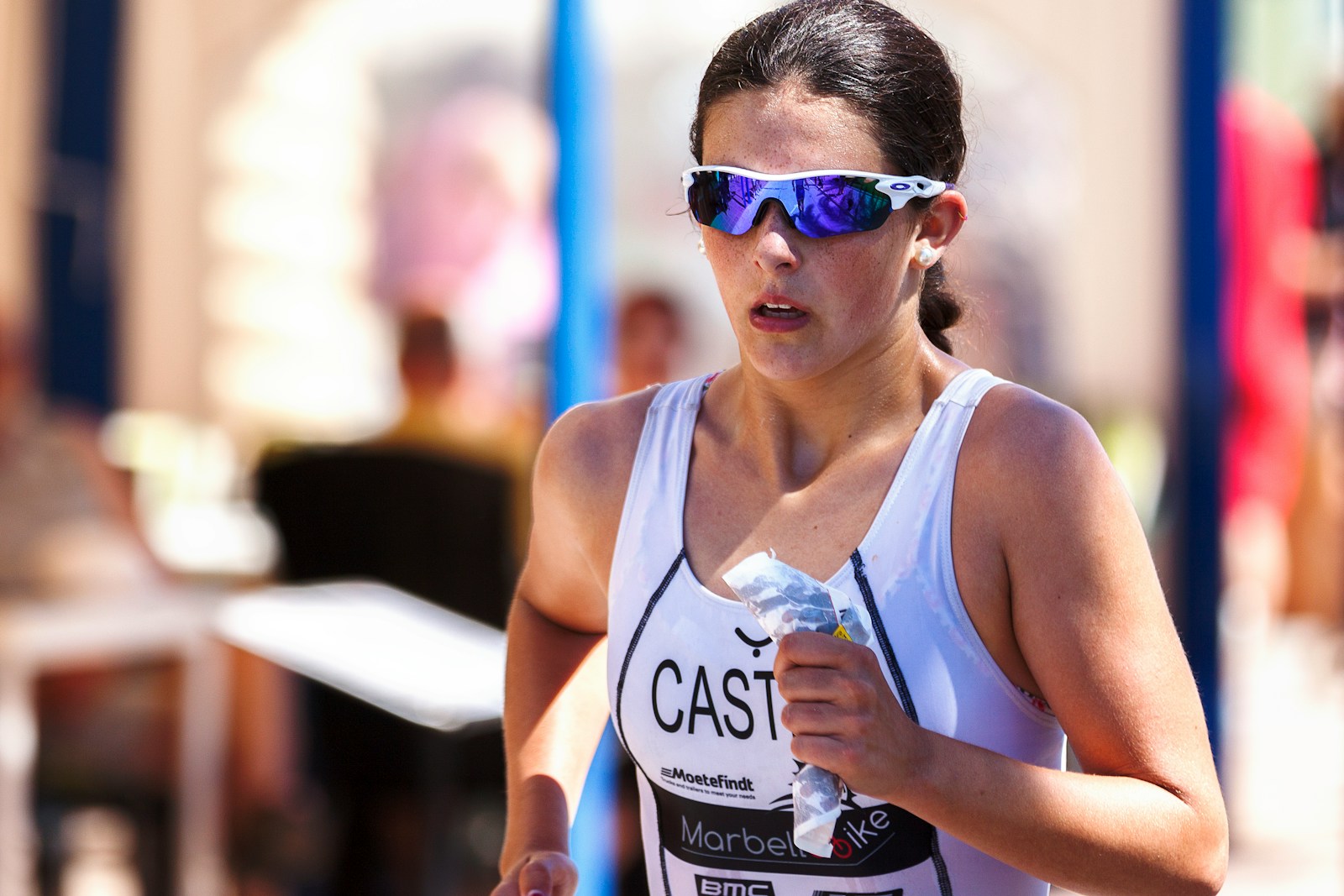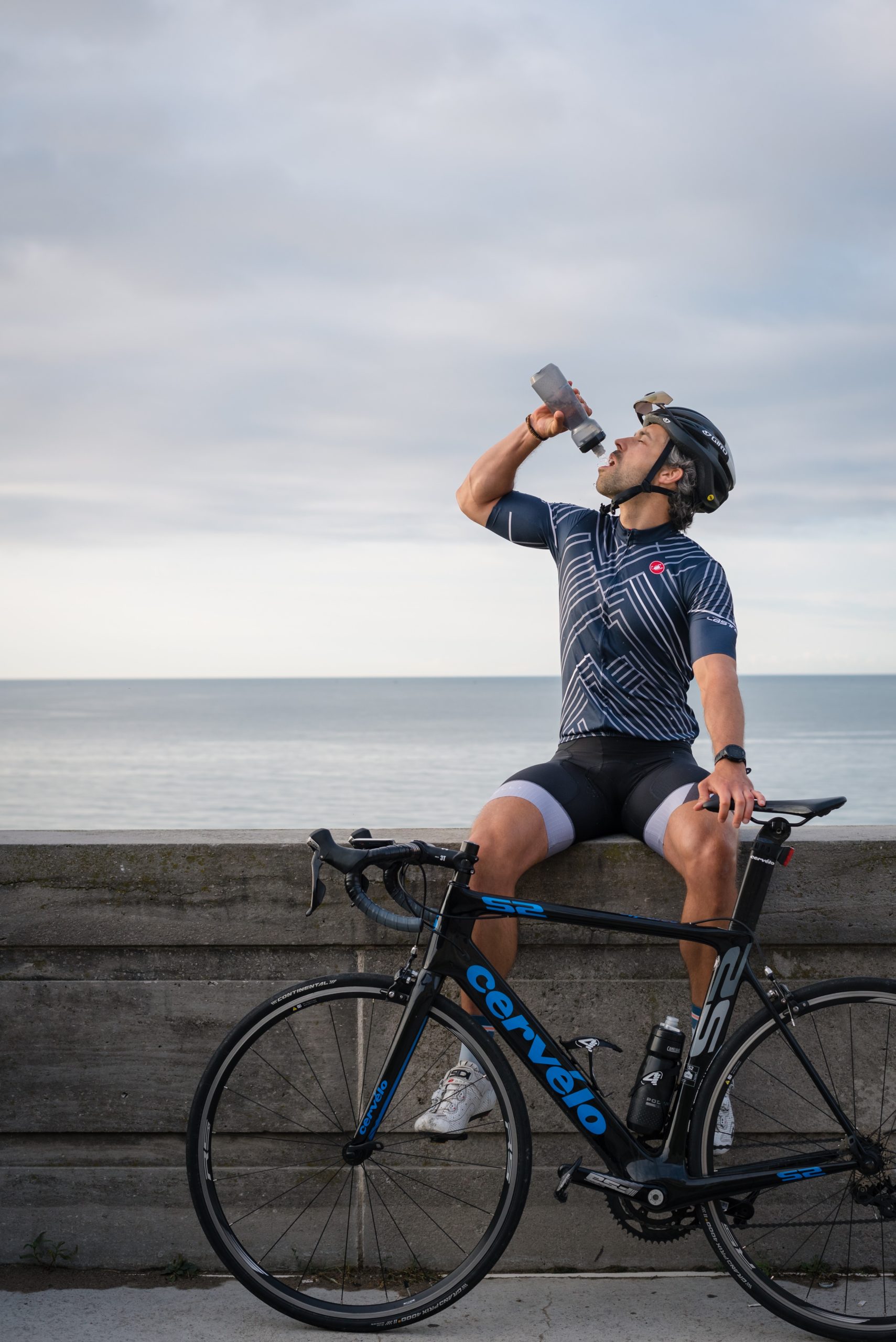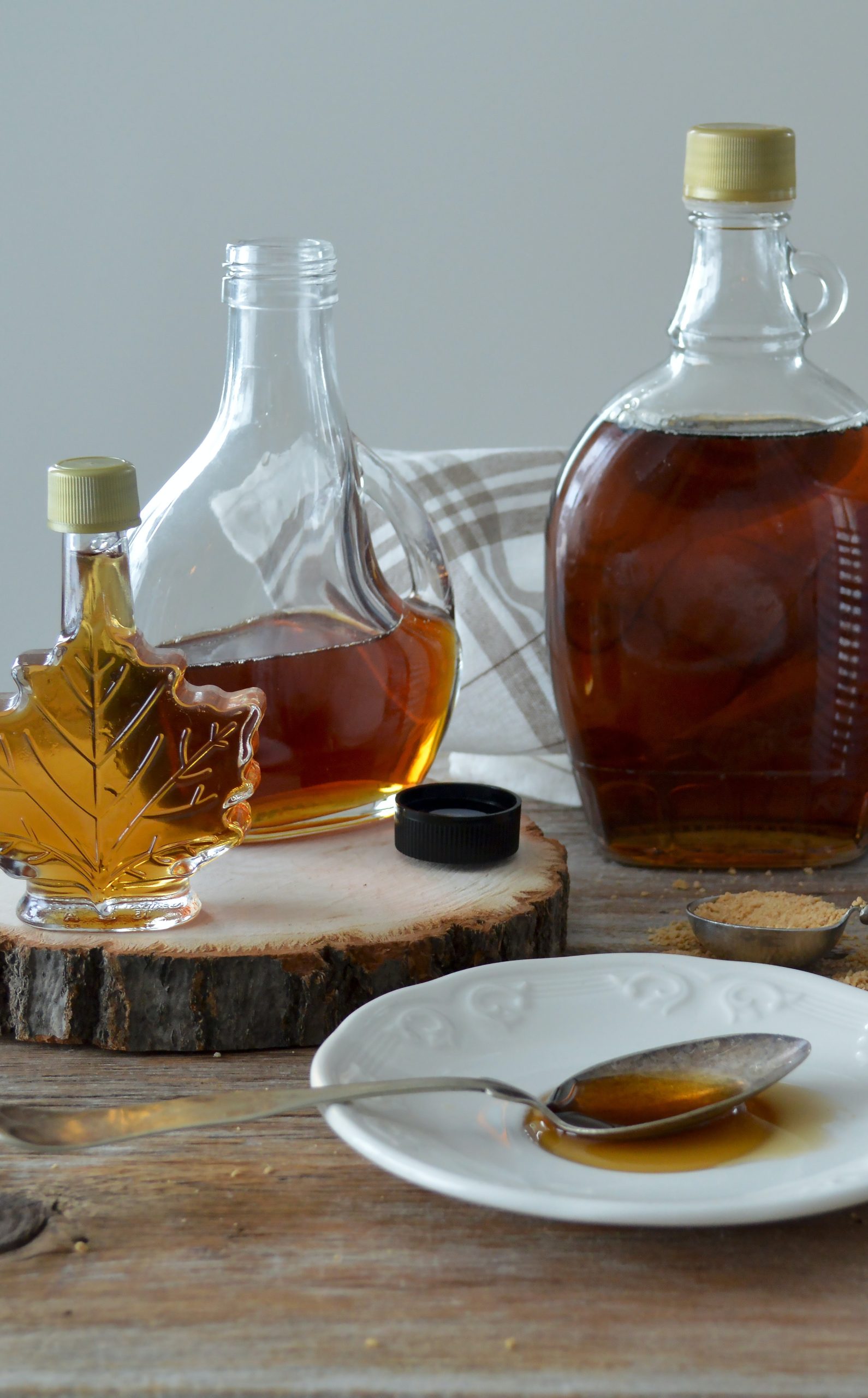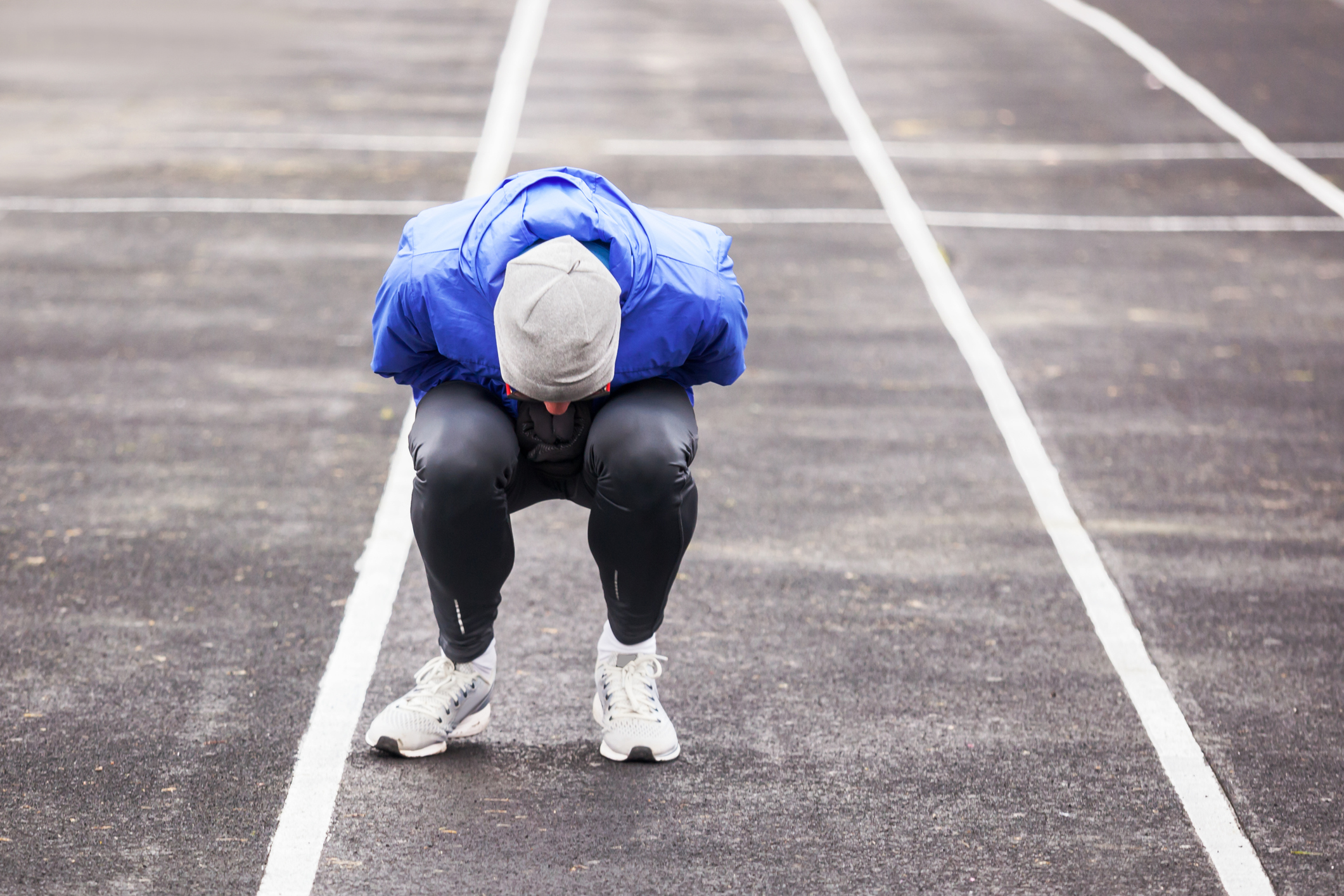Train Hard, Recover Faster – Recovery Nutrition
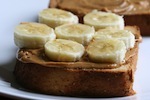
Train Hard Recover Faster
As triathletes, we’re constantly looking for that extra edge. A world of products promise to make us faster, fitter, stronger — and compression socks, recovery boots, race wheels and aero helmets certainly help. But there’s a limit to what these pricey accessories can do for us. Fortunately, you already have a secret weapon that’s both cost effective and easy to implement. Used properly, it will work its magic overnight. What is it? Real food.
Fueling is the single most effective tool in your training arsenal. Put simply, if you don’t eat well, you won’t perform well. What’s more, you won’t recover well, and recovery is as crucial to performance as any other aspect of your training.
Goals of Recovery Nutrition
Recovery begins the minute the workout ends. Using effective refueling strategies after a training session helps to optimize recovery and promote the desired physical adaptations to training.
Recovery nutrition:
- Restores fluids and electrolytes lost through sweat during training.
- Replaces muscle fuel (glycogen or carbohydrates) burned during a training session.
- Provides protein to promote muscle repair and growth.
Importance of Recovery Fuel Timing
The optimal window for glycogen replacement is within 30 minutes after a workout. During that critical window of time, your heart rate and blood pressure are elevated, so nutrients are delivered to your muscles and cells faster, digestive enzymes are at their most active, and your body is able to synthesize glycogen from the carbohydrates you eat at a much faster rate.
Research shows that athletes who follow the 30-minute rule will store up to three times more glycogen than those who wait 2 or more hours to eat post workout. Put simply, the faster you replace glycogen stores, the faster you will recover and the stronger you will be for your next workout.
Fuel Your Body
Your body uses the carbohydrates and protein consumed in the recovery snack/meal to help prevent further muscle breakdown, and the body’s hormonal response to carbohydrates flips from muscle breakdown to muscle building. Take advantage of quick-digesting simple carbohydrates and liquids within 30 minutes post workout.
Ideally, a recovery snack should contain half of your body weight in grams of carbohydrates, along with 15-20 grams protein. If you don’t have a big appetite right after exercising, a liquid snack will be the best place to start.
For example: a 150 pound athlete would aim for 75 grams carbohydrates and 15-25 grams protein. This would be a 4:1 or 3:1 CHO/PRO ratio.
Good recovery snacks:
- Low-fat chocolate milk
- Fruit and Greek yogurt or low-fat milk smoothie
- Bagel with peanut butter and low-fat milk
- Greek yogurt with granola and fresh fruit
- Apple or banana with nut butter and low-fat milk
- Pretzels with peanut butter and low-fat milk
- Low-fat cheese and crackers with sports drink
- Trail mix including nuts and dried fruit with sports drink
- Turkey and cheese sandwich with low-fat milk
After your recovery snack, be sure to follow up throughout the day with well-balanced meals for optimal glycogen repletion and recovery.
Well-balanced meals:
- Two to three scrambled or hard-boiled eggs, two pieces of whole-wheat toast with jelly, and a side of fresh fruit
- Grilled chicken with a small baked potato and steamed broccoli
- Whole wheat pasta with marinara or tomato-based meat sauce made from ground turkey breast or lean ground beef and a side salad
- Baked fish with brown rice and mixed vegetables
- Turkey and cheese sandwich on whole-wheat bread with a glass of low-fat milk and a bowl of berries or apple
- Grilled chicken or tempeh on a bed of greens and vegetables with low-fat dressing and a whole-wheat dinner roll
If you’re a female athlete wanting to learn more about recovery nutrition, check out our post, The Female Athlete’s Guide to Fueling & Hydration for Optimal Performance – Part III: Recovery Fueling.



